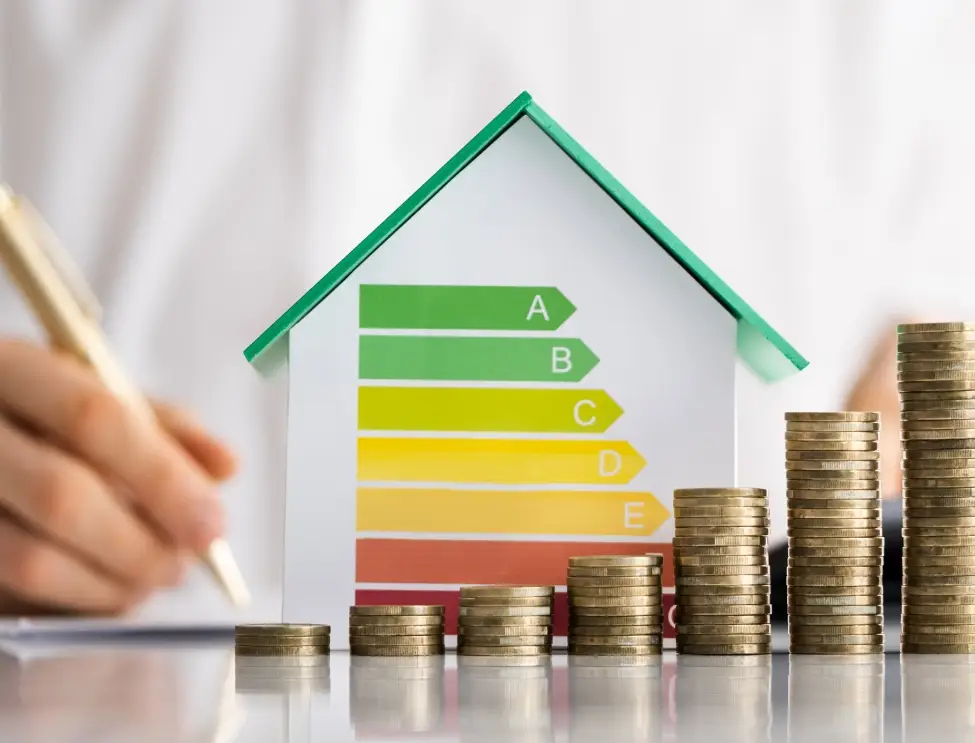Decoding Your Home’s Energy Efficiency: Understanding Your EPC Rating
In the realm of homeownership, comprehending your Energy Performance Certificate (EPC) rating is crucial for making informed decisions about your property.
This rating, ranging from A (most efficient) to G (least efficient), provides a snapshot of your home’s energy performance, offering valuable insights into its energy consumption and potential for improvement.
By deciphering your EPC rating, you can embark on a journey towards a more energy-efficient home, reducing your environmental impact and potentially saving money on energy bills.
Delving into the EPC Rating System
Your EPC rating is determined through a comprehensive assessment of your home’s energy-related features, including insulation, heating systems, and energy consumption patterns.
The rating scale, ranging from A to G, provides a clear indication of your home’s energy efficiency.
Properties with an A rating are considered exceptionally energy-efficient, while those with a G rating are deemed to be energy-intensive.
Unveiling the Significance of Your EPC Rating
Your EPC rating holds significant implications for both your home and the environment:
- Energy savings: A higher EPC rating translates to lower energy consumption, potentially leading to substantial savings on your energy bills. This can significantly reduce your household expenses and contribute to your financial well-being.
- Environmental impact: An improved EPC rating indicates a reduced carbon footprint, minimizing your home’s contribution to greenhouse gas emissions. By enhancing your home’s energy efficiency, you play a vital role in protecting the environment.
- Property value: A home with a higher EPC rating is generally considered more desirable and potentially commands a higher resale value. This can be a significant factor when selling your property.
Navigating Your EPC Rating Breakdown
Your EPC provides a detailed breakdown of your home’s energy performance, including:
- Current energy consumption: This section outlines your home’s estimated annual energy consumption and associated costs. Understanding your current energy usage is the first step towards identifying areas for improvement.
- Potential energy savings: This section highlights specific measures you can implement to enhance your home’s energy efficiency. These recommendations can range from simple DIY tasks to more complex renovations.
- Comparative energy costs: Your EPC compares your home’s energy consumption to similar properties in your area. This comparison provides valuable context for understanding your home’s relative energy efficiency.
Empowering Yourself with EPC Knowledge
Armed with the knowledge of your EPC rating, you can make informed decisions about your home’s energy performance:
- Prioritize energy-saving measures: Focus on implementing the recommended energy-saving measures outlined in your EPC. These targeted improvements can significantly reduce your energy consumption and associated costs.
- Seek expert guidance: Consult with qualified EPC assessors or energy experts for personalized advice on enhancing your home’s energy efficiency. Their expertise can guide you towards the most effective and cost-efficient solutions.
- Embrace sustainable living practices: Adopt eco-friendly habits, such as switching to energy-efficient appliances and using natural lighting whenever possible. These small changes can collectively contribute to a more sustainable home.
Conclusion: A Path to a More Energy-Efficient Home
Your EPC rating serves as a roadmap to a more energy-efficient and sustainable home.

